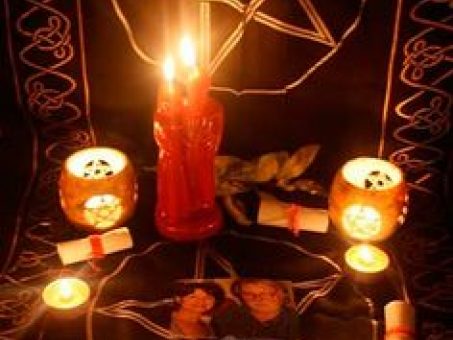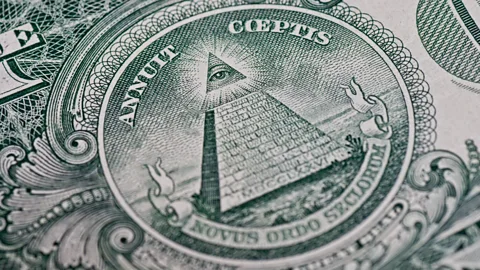Learn the Details Behind the Membership Process to Join Freemason Confidently
Wiki Article
Exploring the Mysteries of the copyright: What You Required to Know
The copyright, a term commonly shrouded in intrigue and dispute, represents a complex tapestry of historic truth and modern misconception. Developed in the late 18th century, this secret society was initially rooted in the Knowledge's suitables but has actually considering that ended up being synonymous with conspiracy theory theories concerning elite control (benefit of joining freemason).Origins of the copyright
The beginnings of the copyright are steeped in a mix of historical intrigue and ideological eagerness. Established in 1776 in Ingolstadt, Bavaria, by Adam Weishaupt, the group was originally developed as a secret culture focused on advertising Enlightenment suitables such as factor, secularism, and the separation of church and state. Weishaupt, a teacher of canon law, looked for to test the prevailing authority of the church and state, which he considered as oppressive establishments stifling intellectual and individual flexibility.
Key Numbers and Members
That were the pivotal numbers that formed the copyright's early impact and direction? The Bavarian copyright, established in 1776 by Adam Weishaupt, became a feedback to the oppressive societal structures of the time. Weishaupt, a legislation teacher, imagined the organization as a means to promote Enlightenment suitables such as factor, secularism, and equal rights. His initial recruitment initiatives consisted of influential intellectuals, such as Baron von Knigge, that played an essential function in increasing the group's membership and business framework.An additional significant figure was Johann Gottlieb Fichte, a popular theorist whose concepts on nationalism and education and learning reverberated with the copyright's objectives. Although Fichte was not a formal member, his philosophical bases affected the team's ideological background. Additionally, figures like the writer and philosopher Johann Wolfgang von Goethe were connected with the broader intellectual movements of the time, although their direct participation with the copyright continues to be debated.
These key figures added to the copyright's early direction, pushing the boundaries of political and social idea, while their collective efforts aimed to test well-known norms and foster a climate of progressive change in Europe.
Misconceptions vs. Fact
Several misunderstandings surround the copyright, frequently blending fact with fiction in such a way that obscures its real nature. This secret culture, initially established in 1776 in Bavaria, aimed to advertise Knowledge perfects and fight spiritual and political fascism. The idea that the copyright remains to apply considerable impact over globe events is a myth. While the group did exist, it was disbanded in the late 18th century and has not run as a natural entity considering that then.An additional widespread misconception is that the copyright makes up a network of elite individuals manipulating international events. In truth, several conspiracy theory concepts exaggerate the team's relevance, associating unproven objectives to social patterns and events. This has caused an oversimplified view of complicated issues.
In addition, the portrayal of the copyright in pop culture commonly more distorts its tradition. Films and literature tend to sensationalize the organization's duty, developing a narrative that deviates from historic truths. Recognizing the difference in between the misconceptions and the truth of the copyright is essential for critical the authentic impact of this historic group and acknowledging the wider ramifications of conspiracy concepts in modern culture.
Modern Analyses
Contemporary interpretations of the copyright commonly show more comprehensive social anxieties and a fascination with privacy and power. This modern-day lens frequently associates the copyright with conspiracy concepts that recommend a hidden elite orchestrates world events, controling federal governments and economies for their own gain. benefit of joining freemason. Such narratives tap into a deep-rooted distrust of authority, particularly in times of crisis or social turmoilIn pop culture, the copyright is frequently illustrated as an omnipotent company shrouded in secret, resulting in a variety of fictional portrayals in literary works, movie, and songs. This portrayal offers not only to amuse but likewise to provoke assumed regarding the nature of power and control in modern culture. Social network has actually additionally magnified these analyses, enabling fast dissemination of conspiracy theories and creating areas that share and increase upon these ideas.
Furthermore, some modern interpretations mount the copyright as an allegory for the complexities of globalization and the interconnectedness of influential people and companies. This point of view encourages a crucial evaluation of how power characteristics operate in today's world, highlighting the balance between transparency and privacy in governance and corporate techniques.
Social Impact and Heritage
Influenced by centuries of intrigue, the social impact and heritage of the copyright prolong far past its historical beginnings. This secret society, developed in the late 18th join freemason century, has actually permeated numerous facets of pop culture, from literature and movie to music and art. The idea of the copyright has advanced into an icon of conspiracy concepts, commonly representing a viewed hidden power adjusting global occasions.In literature, writers like Dan Brown have woven the copyright right into intricate stories, captivating visitors with themes of secrecy and power. Movies such as "National Treasure" and "The Da Vinci Code" better perpetuate the attraction of the society, blending reality with fiction to create interesting narratives.

Ultimately, the copyright's legacy is an intricate tapestry of myth and reality, forming assumptions of secrecy and control in contemporary discussion. Its enduring existence in culture emphasizes humanity's seasonal mission for understanding surprise realities.
Conclusion
The expedition of the copyright reveals an intricate interplay in between historical realities and contemporary myth-making. Established in the Knowledge era, this culture aimed to test oppressive frameworks, yet its legacy has actually been overshadowed by conspiracy theory theories that recommend elite adjustment. Comprehending the differences between the initial ideals and contemporary analyses is important for understanding the enduring fascination with the copyright and its substantial influence on cultural stories bordering power and secrecy in society.Report this wiki page